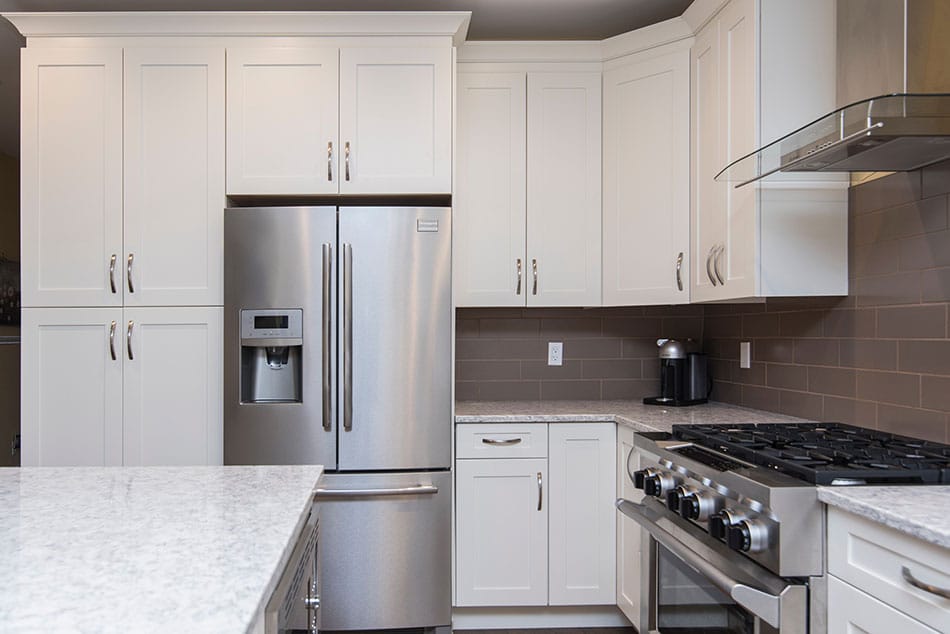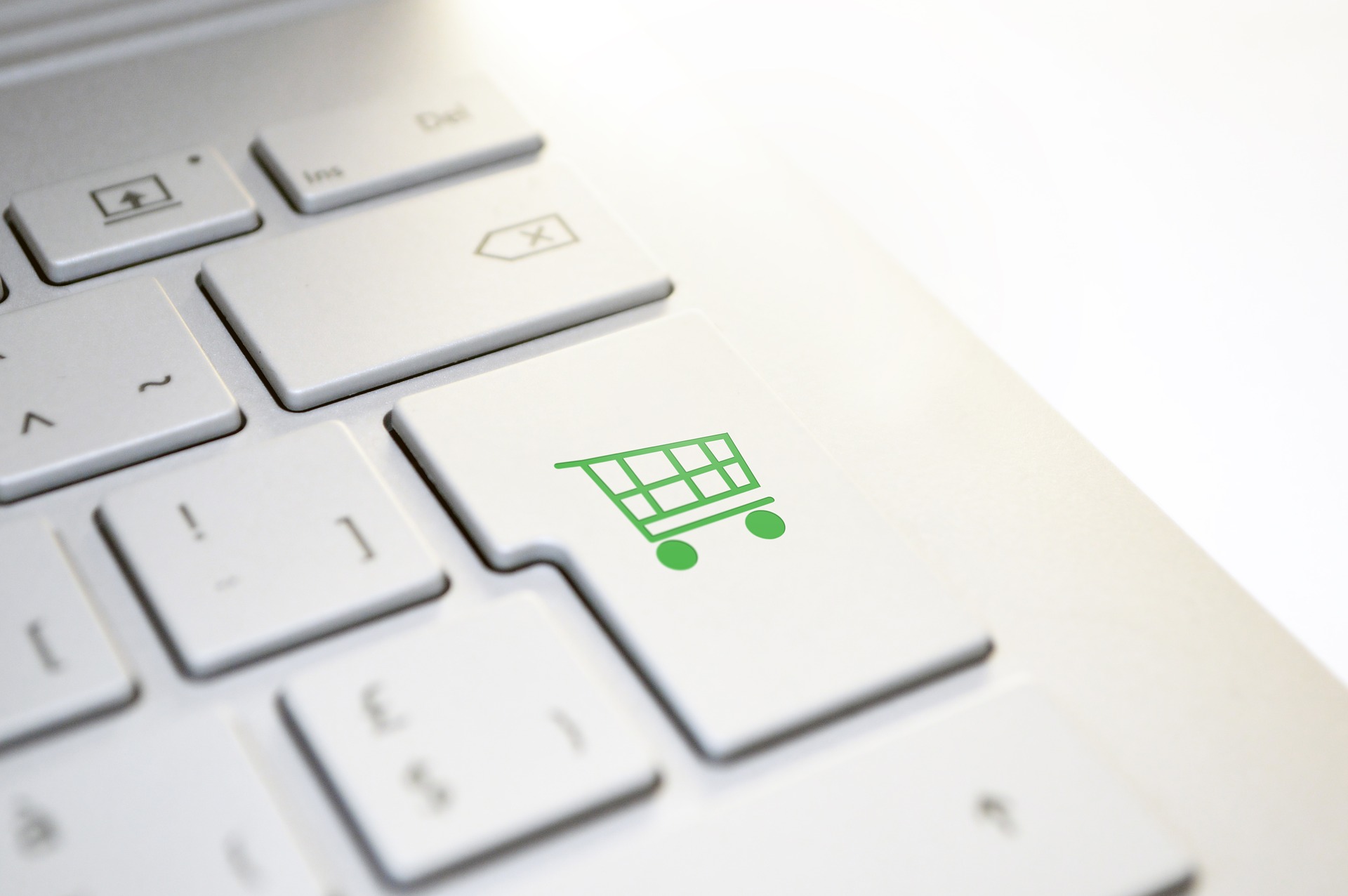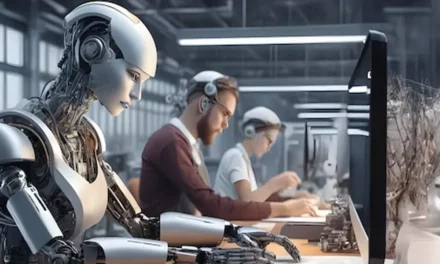California’s NewAir Appliances, a well-known importer of ice makers, beer fridges, and other home economics appliances from China, had considered 10% tariffs which were settled in 2018 by attempting to cut costs and global negotiation with other companies.
What presents itself as a more significant challenge for them, however, was the immediate jump to 25% tariffs.
NewAir has done changes which serve as a quick move in response to U.S. President Donald Trump’s tweet about his plan to raise the tariff on goods and services imported from China.
In fuller detail, after having seen Trump’s controversial tweet, NewAir’s leaders and team formulated a divisive plan when they met for lunch.
Andrew Stephenson, NewAir’s vice president for marketing, stated that there was a certain “level of tension” that arose during the meeting. He added, however, that this is by no means a cause for any concern or panic among anyone.
What they have duly come up with is an ambitious revamping of the products that they offer. In addition, they have overhauled 50-60 new offerings and goods that are set to hit the shelves and market later this year.
Such rehabilitation is akin to a reset button on the cost and pricing of their new products, which might come in handy for many consumers and customers alike.
The turning over of new products would be a massive leap for NewAir Appliances since they constantly re-introduce new goods to the market.
Other importers of products from China have, likewise, faced difficult considerations with the current impending restraints. They attempt to make keen changes in their predisposed strategies from the U.S. tariffs impact on $250 billion worth of Chinese products.
Considering that retailers and customers are often hesitant to purchase the same products at a pricier range, the companies formed strategies that relate to cost-cutting, wage lowering, laying off workers, and shifting productions in China.
Underscoring the Trade War
All in all, these pertinent changes and overhauls require large amounts of investment for NewAir and all the other importers. However, the situation highlights the trade war between the U.S. and China and how it propels companies to subject themselves to different conditions aimed at maintaining business.
Amidst all the restrictions, the companies’ struggling to survive are the definitive picture of the gut-tightening trade war.
Stephenson told Reuters, “Instead of cutting costs we’re going to add some costs, but in the long run it will pay off.”
Such a statement was made after the marketing vice president has personally met with the Chinese suppliers abroad. Besides, he also wishes to implement various measures such as air-mailing samples to the country instead of cheaper freights. All measures are done to cut down the time of the arrival of goods.
The V.P. for marketing also told that “Basically, anything we can do to expedite the process is what we’re looking at doing.”
In this light, Stephenson’s viewpoint is focally shifted at dealing with the strategy and techniques to combat the trade war. This is especially beneficial considering that NewAir is attempting to hire a marketing manager to focus on the hard work.
Discussions Arise
Selling its products under the license agreements with Magic Chef, PepsiCo Inc., and Frigidaire, among others, New Air is still discussing plans to share the paying of tariffs with their suppliers from China and retailers in the U.S. They are also considering importing products from Mexico and India.
However, in essence, their strategy still focusing on revamping its line of products.
NewAir will rest and retire some old products they sell as they give way to new products such as fryer ovens and wine fridges. These new products would retain a unique and quality service at a reasonable price.
Likewise, they would present stock keeping units to handle numbers and utilize track inventory.
The Canada-based Danby Appliances, which sources similar products from China, called the new strategy of an overhaul as “upfeaturing.”
Danby Appliances expects an 80% turn over and return of its product line of about 300 products this year. This is made in comparison to a standard 30% rate.
“If this happened [ten] years ago, it would have been tough to say my white box is different. But now you can say I have a freezer that sends you an email when the power is out,” Danby executives made clear.
With an outstanding and impressive $400 million annual revenue, the Canadian company calculated its overhaul to cost about $4 million.
Also, if their strategy does work, it will do so in cooperation and product shift the costs of the tariff.
Risk-taking
Everything they do does not, however, come without any risk.
Notable professor of marketing Jing Bing stated that “When you sell new products at significantly higher prices it will affect your demand somewhat because now you are asking people to upgrade to a better product at much higher prices.”
Luke Peters, NewAir CEO, said that their customers would get better products but will not see a price surge higher than 25%.
This way, their customers would get innovative products for a little bit of price increase.
Nonetheless, it all boils down to how the market and customers would respond to this price increase. The balance between demand and increased prices remain to be looked and observed.
Everything would be based upon six to nine months of observation, says Stephenson. And everyone should be watching the trade closely.















